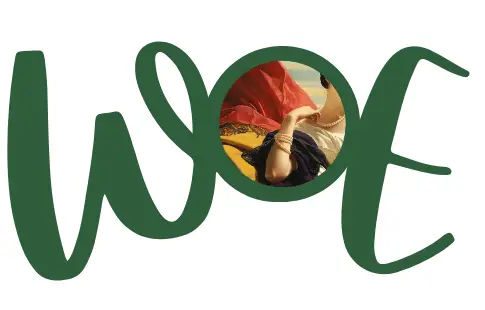July 2, 2021
By: Nada Salem

“Belia”, a short dance film released in early 2021, is among the official selection of Durban International Film Festival in South Africa. The film takes place in a car repair workshop in Old Cairo, where labor opens new possibilities of movement. A young woman and her friends join the car repair shop as “Belia” (a colloquial Egyptian name for apprentices) to learn the craft from the Ustas (the craft headmasters). The Belia dance to the mechanic sounds of the car repair shop. They explore the way labor merges with life’s everyday rhythms to create a new space for movement. “Belia” also shatters gender stereotypes by telling the story of a woman who is unapologetically engaging in a male-dominant environment.


Eman Hussein, the director and choreographer, had always dreamed of being a Belia. She talked about her inspirations for the film:
For a whole year, I fulfilled my dream by working with U’sta Amr, the owner of an auto-body-repair shop in Old Cairo. His movement inspired me and validated my impulse for questioning classical formats and venues of contemporary dance in studios and theaters. I began to discover new spaces and possibilities for learning a new type of movement by observing the workers, and learning how their bodies move with and around cars.
This film is a cross-genre short film that experiments with documentary and dance. It explores how dancers deal with their relationships, with the workshop, and with the machines. Our bodies can find a new dynamic language inspired by the workshop environment. Through the process of producing this film, I explored how to visually present the way dancers are affected by the sound of machines, how this reflects on their bodies’ movement, and how it influences the sound design which is composed entirely of the real sounds of the workshops.

Before “Belia”, Eman had also choreographed and directed the dance film “A Skewed Conversation” (2019, Egypt) which was screened in many film festivals. In this short film, the protagonist (Eman) explores the tension in the process of appearing and disappearing in Cairo’s busy streets.
Her dance choreography is strongly influenced by different Martial Arts styles. Taijiquan and Shaolin Kung Fu in particular inspire her quality of movement. Eman received her BA degree in acting and directing for theatre from Helwan University in 2017. She had previously studied street theatre arts, and continued to study contemporary dance from 2016 to 2019 at MAAT Contemporary Dance School in Cairo. The MAAT Contemporary Dance School is the first of its kind in Africa and across the Arab world, and was founded in 2012 by dancer Karima Mansour.

– How did you gain access to make the film and how long did it take?
A good friend introduced me to Usta Amr when I told him that I wanted to become a ‘belia’ for a whole year. I went to the workshop on a weekly basis. First I was observing, then Usta Amr would give me small tasks like polishing hammers, handling pieces of metal as he fixes them, even just sweeping the shop.
I invited Toto and Araby, my colleagues, to also join as apprentices to Usta Hany in the car-paint workshop. They went there on a weekly basis for a month to observe and learn by doing the tasks of the Belia. Each week we’d gather, review what we learned, and begin to choreograph. It took us over six months between shooting, editing and creating the sound design.

– How did you merge contemporary dance and a craft like car-repair?
Contemporary dance is usually in this problematic space of being for a certain class and a certain taste. But I find that we all move in such an inspirational way all the time, especially here in Cairo. The motion is constant and intense; traffic, getting on and off busses, and the constant movement of bodies is what motivated me. A craft like car-repair has a rich presence in Cairo’s streets, I wanted to inhabit it on its own terms, not just “represent it”.
– Did your cinematic experience of dance differ from your theatrical one?
Totally, what I choreograph in the studio has to be constantly modified while filming on the streets. The ambiance, the sounds, even the ground itself requires us to change and move with it differently, unlike the pristine space of a theater. Usta Amr’s movement was the primary inspiration and guide in finding an unconventional base for dance and movement.
Watch “Belia” from July 22 to August 1 at the Durban International Film Festival online
Visit Belia Facebook page here
***If you liked this article, subscribe to the magazine and receive our articles in your email.
